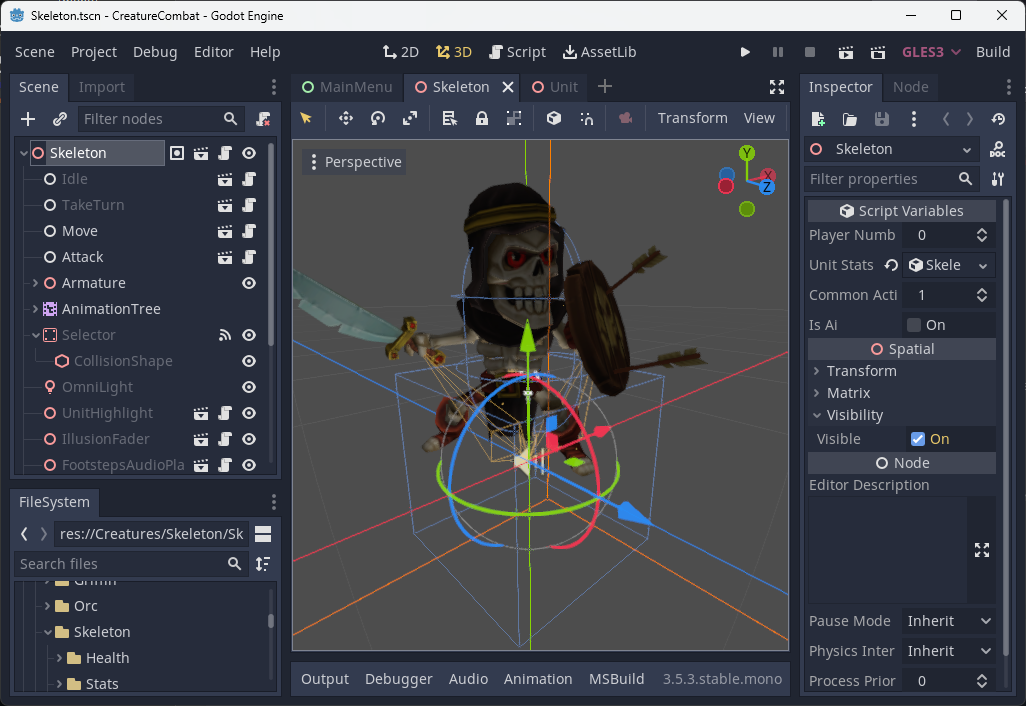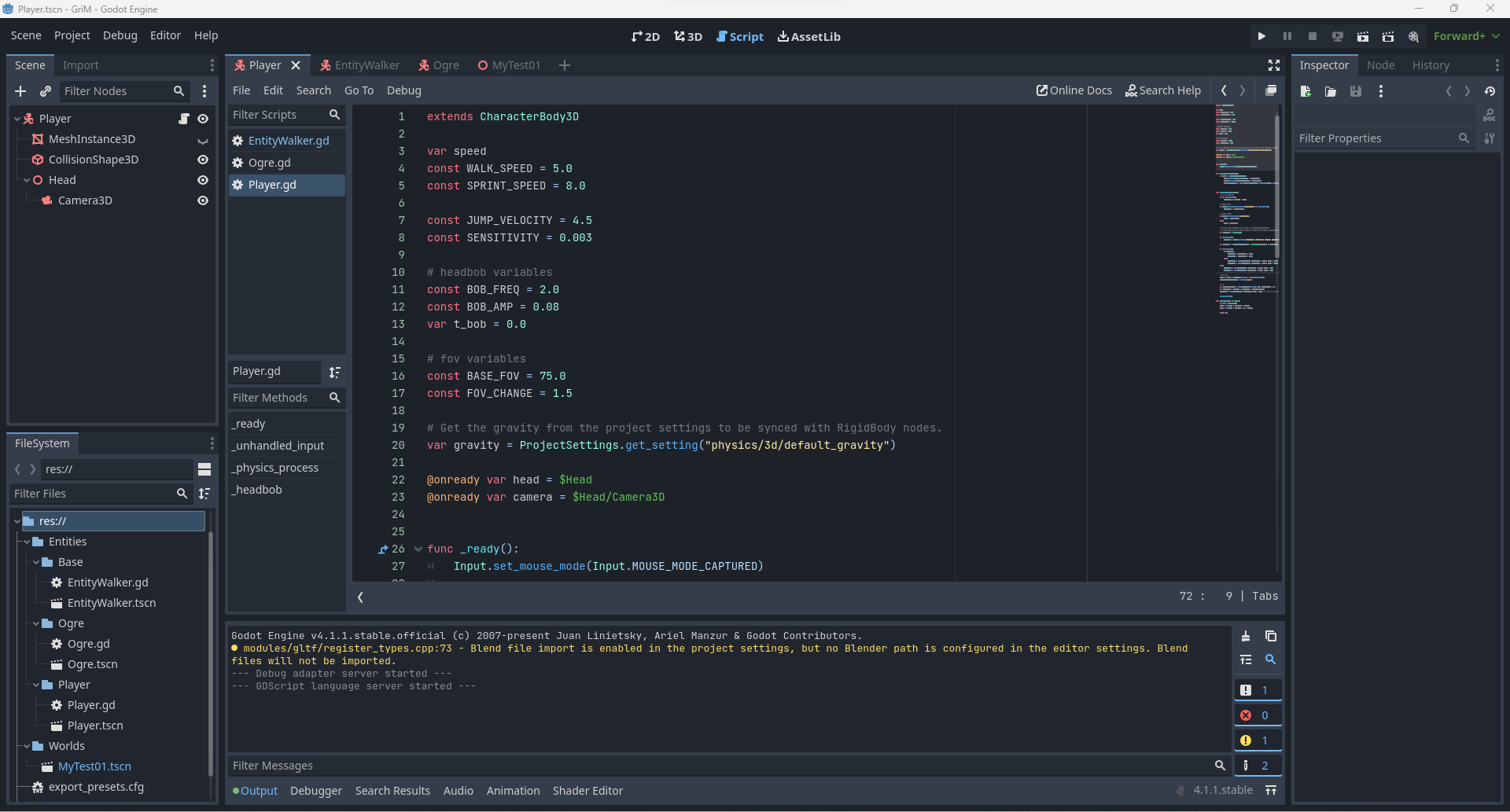So I'm an old school Vanilla C / C# coder that has been developing engine upgrades for the Quake/IdTech engines. I'm looking at developing my first proper project on a new engine/platform. At the moment I'm evaluating Godot as well as Unreal Engine (not related to the recent Unity debacle). I'm slightly leaning towards Unreal, because I'm a bit biased towards my existing Quake knowledge. I'm not sure if I put this correctly.. English is not my native tongue.
Basically what I want to achieve with my test project on Godot is to be able to do all the basic Id Software mechanics as typical in Classic Doom & Quake. My biggest starting hurdle is understanding how I can setup and design the player object and a test monster object, if I can put it like that. I haven't yet delved that deeply into Unreal, but from the tutorials I've watched what I'm looking to achieve is what you can refer in Unreal terms where you create a "blueprint" of the player and a "blueprint" of a monster and use that in the game world where it references the blueprint (not copying it) to allow one during the development phase to update the player or monster blueprint which will then since its referenced, update across all worlds referencing the player/monster "blueprint". Similarly in Quake the monsters are coded in QuakeC or Vanilla C and tweaking the monster code and recompiling will affect all instances of that monster on any existing already compiled levels without having to rebuild the levels again.
Can a similar thing be achived with Godot?
What I want to achieve is creating a player object (scene?) and monster object and then able to reference thos and use them in a game scene with their setup being referenced and not copied to allow me to independantly update a monster without affecting any existing game scenes/levels thats already completed. Basically, I dont want to have to go back and do edits to completed game scenes.

 It's a collection of reusable nodes and scripts.
It's a collection of reusable nodes and scripts.





